Our Photoshoot for Palestine: A Call for Justice & Freedom
In November 2023, we designed and created unique jewelry dedicated to Palestine. It was our way of expressing unwavering support for the Palestinian people, who at that time were enduring the early months of what the world would later recognize as one of the darkest chapters of our century. The purpose of these pieces was not only symbolic; we wanted them to carry meaning, to become a channel through which we could raise funds for humanitarian aid for Gaza.

Alongside the jewelry, we organized a photoshoot under the name In Solidarity With Palestine. It was more than just a campaign. It was our attempt to stand against silence, to speak when others chose not to. At that moment, almost no fashion brands dared to be vocal. Fear, politics, and self-preservation kept many in the industry quiet, as if silence could shield them from the weight of what was happening. But silence in the face of injustice is complicity. For us, it felt impossible to stay quiet while an entire people were being subjected to unbearable suffering.

Back then, we could not have imagined that this brutal genocide would drag on for two long years and remain just as relevant today. We could not have imagined that in the twenty-first century, in an era of endless international organizations and human rights charters, the world would allow the extermination of a nation, one of the oldest and richest cultures on earth.
We could not have imagined that the world would tolerate forced famine, the torture of children, the slaughter of entire families. That the world would watch an ongoing genocide in real time, streamed in 4K resolution to our phones and televisions, and still remain silent.
We could not have imagined that human rights, human life, and even the lives of children would mean absolutely nothing in the face of politics and power. How did the world sink this low? How did humanity lose its humanity? How, in this century, can babies be denied formula, medicine, and clean water? And how is it possible that some still choose to support, justify, or look away from such crimes?

The past two years have been traumatic. The images, the stories, the cries for help — they will haunt us for the rest of our lives. At some point, words run out. What remains is only pain, grief, and endless tears.
But even in such darkness, silence is not an option.
For those who still do not know the history of Palestine, the facts are available, and the evidence is undeniable. Do not take anyone’s word blindly — not ours, not the media’s. Begin your own research, and start with 1948. That was the year of the Nakba, the catastrophe, when hundreds of thousands of Palestinians were expelled from their homes, entire villages erased. That history is not a matter of debate; it is documented, archived, and remembered by survivors and their descendants.
And yet, Palestine is not only tragedy and loss. It is a culture so rich and vibrant that anyone who takes a moment to explore it will be astonished. Look into Palestinian art, music, literature, cuisine, and fashion. You will find poetry that has shaped generations, music that carries centuries of heritage, embroidery that tells stories through thread, and cuisine that embodies hospitality, resilience, and joy. Palestinians are poets, writers, artists, musicians, designers — creators of beauty and knowledge. To know Palestine is to know one of the most creative and life-affirming cultures in the world.
Take poetry, for example. Mahmoud Darwish, perhaps the most celebrated Palestinian poet, gave voice to the longing, exile, and resilience of his people. His words continue to echo far beyond Palestine, reminding the world of dignity, memory, and the human right to belong. Fadwa Tuqan, often called the “Poet of Palestine,” wrote of identity, struggle, and the strength of women, weaving personal and political into a single thread. Their verses are not just literature — they are a living testimony of resistance and survival.
Or look at the embroidery, known as tatreez. Each stitch carries a story. For generations, Palestinian women embroidered dresses and garments that spoke of villages, seasons, and family histories. These designs are more than decoration — they are identity stitched into fabric. During exile, embroidery became a way to preserve memory, a quiet act of resistance against erasure. Today, Palestinian fashion designers continue to use tatreez as a bridge between heritage and modern expression, keeping the tradition alive on runways and in everyday wear.
Food, too, tells a story of continuity and resilience. Dishes like maqluba, a layered meal of rice, vegetables, and meat flipped upside down before serving, are more than recipes. They are celebrations of family, togetherness, and pride. Falafel, hummus, and knafeh are not just globally loved foods; they are symbols of a culture rooted in generosity and hospitality. In times of displacement, the act of cooking traditional Palestinian dishes has often been a way to keep identity intact, a reminder of home even when home was taken.
Palestinian art extends far beyond tradition. Contemporary painters, photographers, and filmmakers continue to create under impossible conditions, documenting reality and transforming pain into expression. Artists like Naji al-Ali, the creator of the iconic cartoon character Handala, showed the world the Palestinian struggle through a barefoot child who refuses to turn his face away. Younger generations of artists are now pushing boundaries, fusing digital art, installations, and performance with the same enduring message: we exist, we create, we resist.
Music has also carried the voice of Palestine across generations. From the soulful folk songs passed down through families to the sharp, modern sounds of hip-hop artists who turn beats into tools of defiance, Palestinian music reflects both heritage and evolution. It bridges generations, reminding the young and the old alike that culture is a form of survival.
That is why, in our first photoshoot, we chose to use symbols deeply rooted in Palestinian identity: the olive branch, the kufiya, and the watermelon. Each one carries history, meaning, and defiance.
The olive branch represents peace, but in Palestine, it also represents endurance. Olive trees are ancient, their roots running deep into the soil for thousands of years. Many Palestinian families have cultivated the same olive groves for generations. The trees are a symbol of life and resilience, and they continue to stand even when homes are destroyed. To carry an olive branch is to carry a piece of Palestine’s unbroken bond with its land.

The kufiya, the black-and-white checkered scarf, has become one of the most recognizable symbols of Palestinian resistance and solidarity. It is not just a piece of cloth; it is a marker of identity and pride. Originally worn by farmers, it later became the symbol of a people refusing to be erased. When you see it, you recognize immediately the struggle for justice and freedom.

The watermelon, at first glance, may seem like a surprising symbol. But its meaning is powerful. During times when the Palestinian flag was banned, people carried slices of watermelon because its colors — red, green, black, and white — mirrored those of the flag. It became a subtle but unbreakable act of defiance. To hold a watermelon was to hold the flag, to declare identity when identity was denied.

There are other symbols, too. The key, often carried by refugees, represents the homes they were forced to leave behind in 1948, keys still preserved by families who hope to return. The hand of Fatima, or hamsa, is a symbol of protection and hope, widely used in Palestinian jewelry and art. The poppy flower, which blooms across the fields of Palestine, has become a symbol of remembrance for the martyrs. Each symbol tells a story, each one a piece of the mosaic of Palestinian memory and resistance.
When we created our Palestine jewelry and organized that photoshoot, we did not know how long and how hard this struggle would become. But we knew that solidarity is not temporary. It is not a trend. It is a commitment. The jewelry we made was small in the face of such vast suffering, but it was a gesture of refusal — a refusal to be silent, a refusal to normalize injustice.
Fashion may seem distant from politics, but in moments like these, fashion becomes a language. Through design, through imagery, through campaigns, it can amplify voices that are silenced. It can carry messages across borders and speak to people who may never read a political essay but will pause to look at a photograph, to notice a piece of jewelry, to wonder about the symbols.
Two years later, our solidarity has not faded. If anything, it has grown stronger. Every day that passes is another reminder that justice delayed is justice denied. But the resilience of the Palestinian people, their culture, their art, their music, their very existence, is also a reminder that no amount of violence can erase them.
The photoshoot was not the end of our story. It was the beginning of a commitment — to stand, to create, to speak, and to never allow silence to win.
In solidarity with Palestine, always.



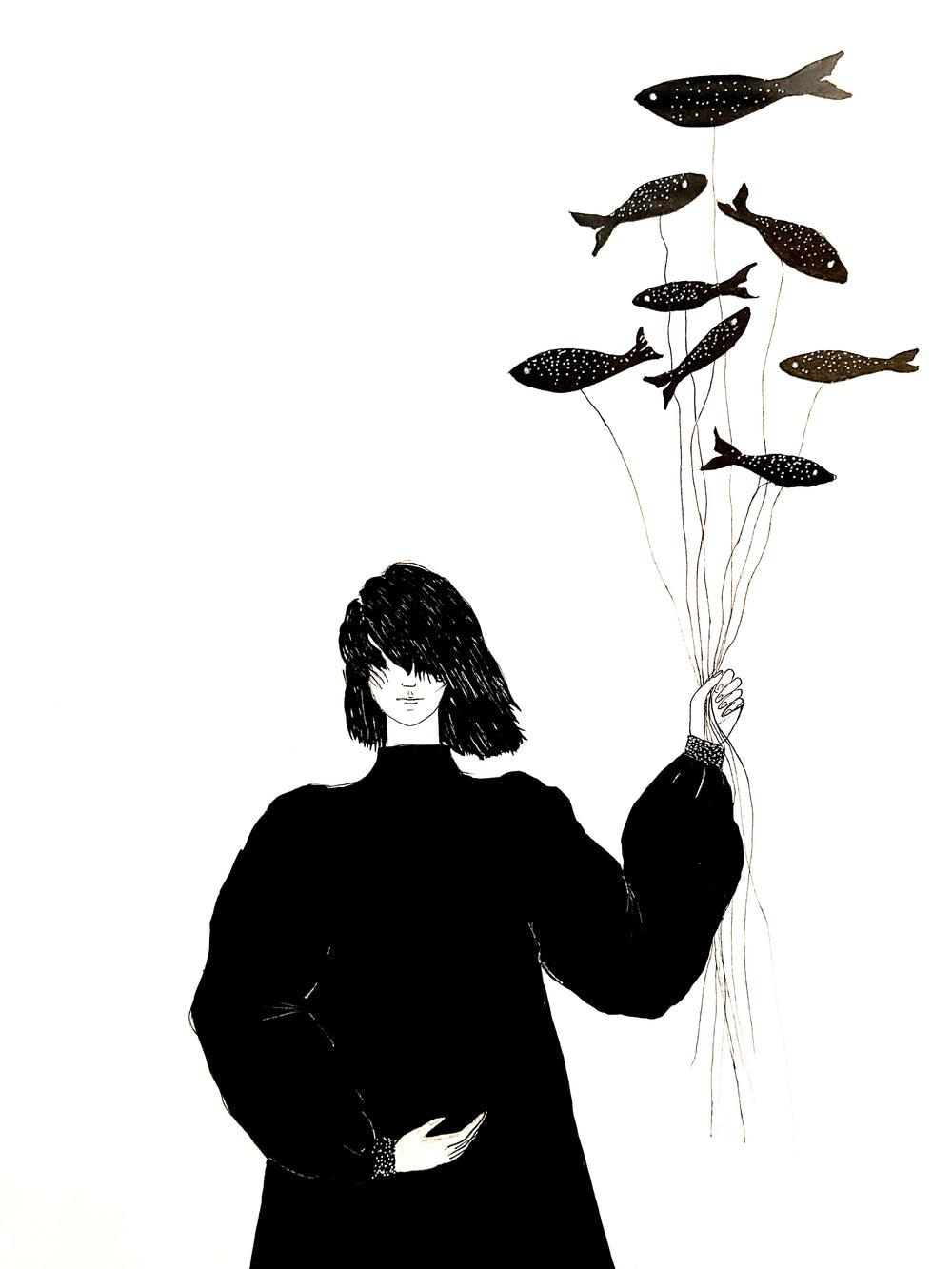
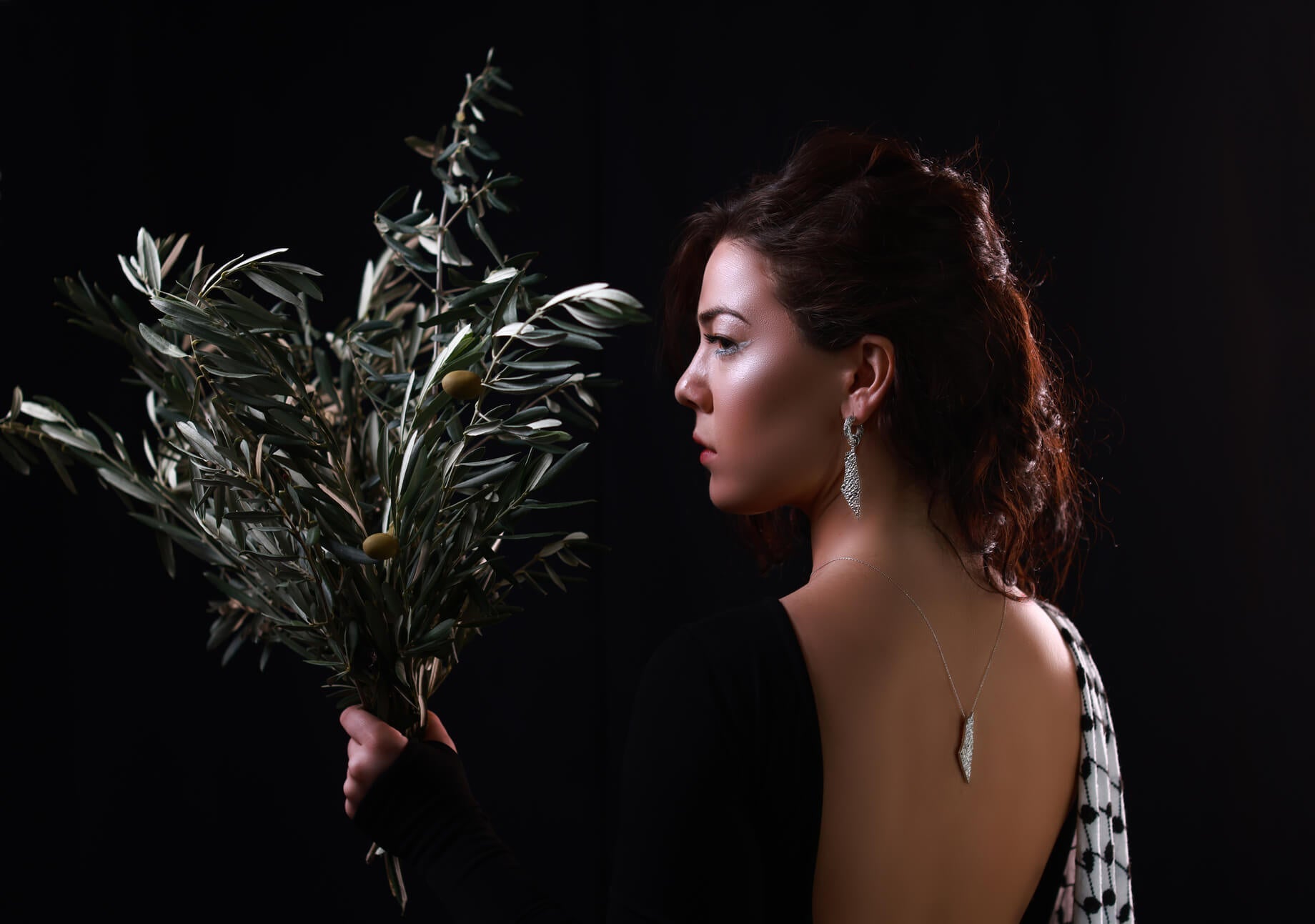


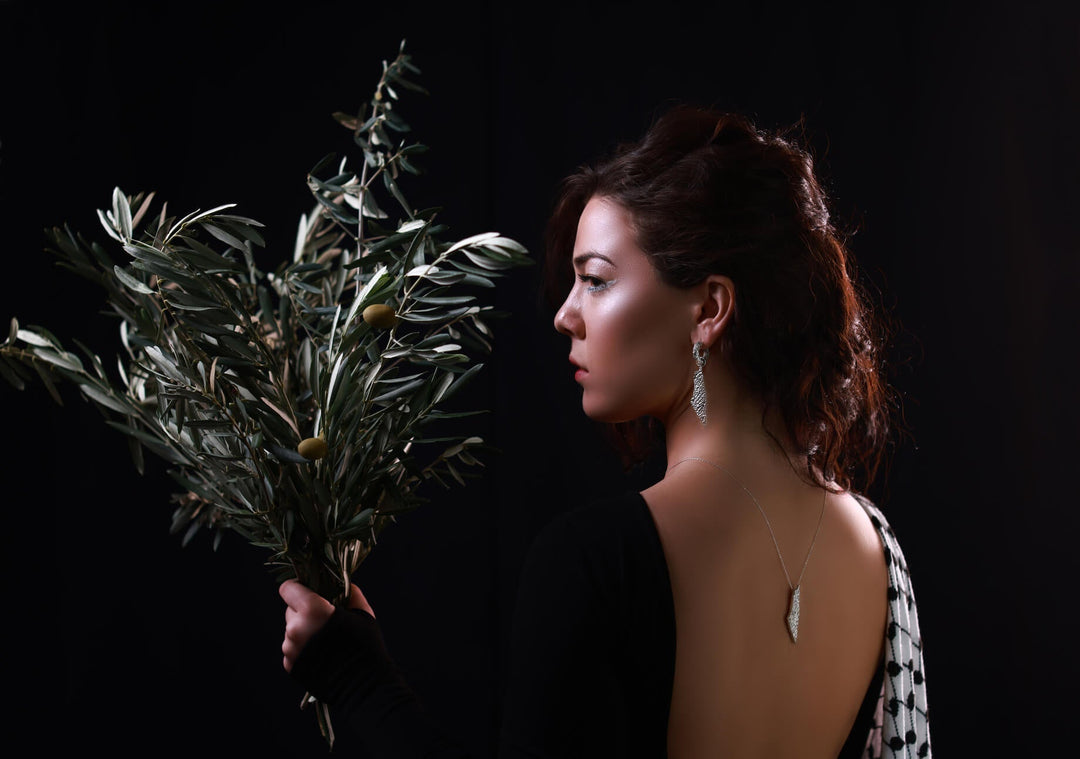
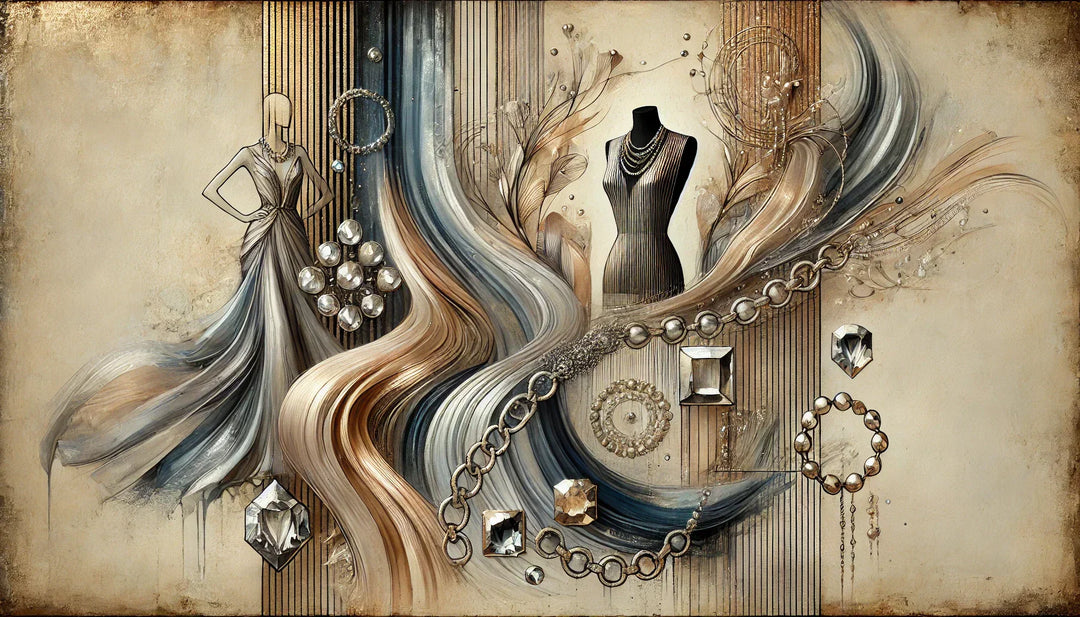

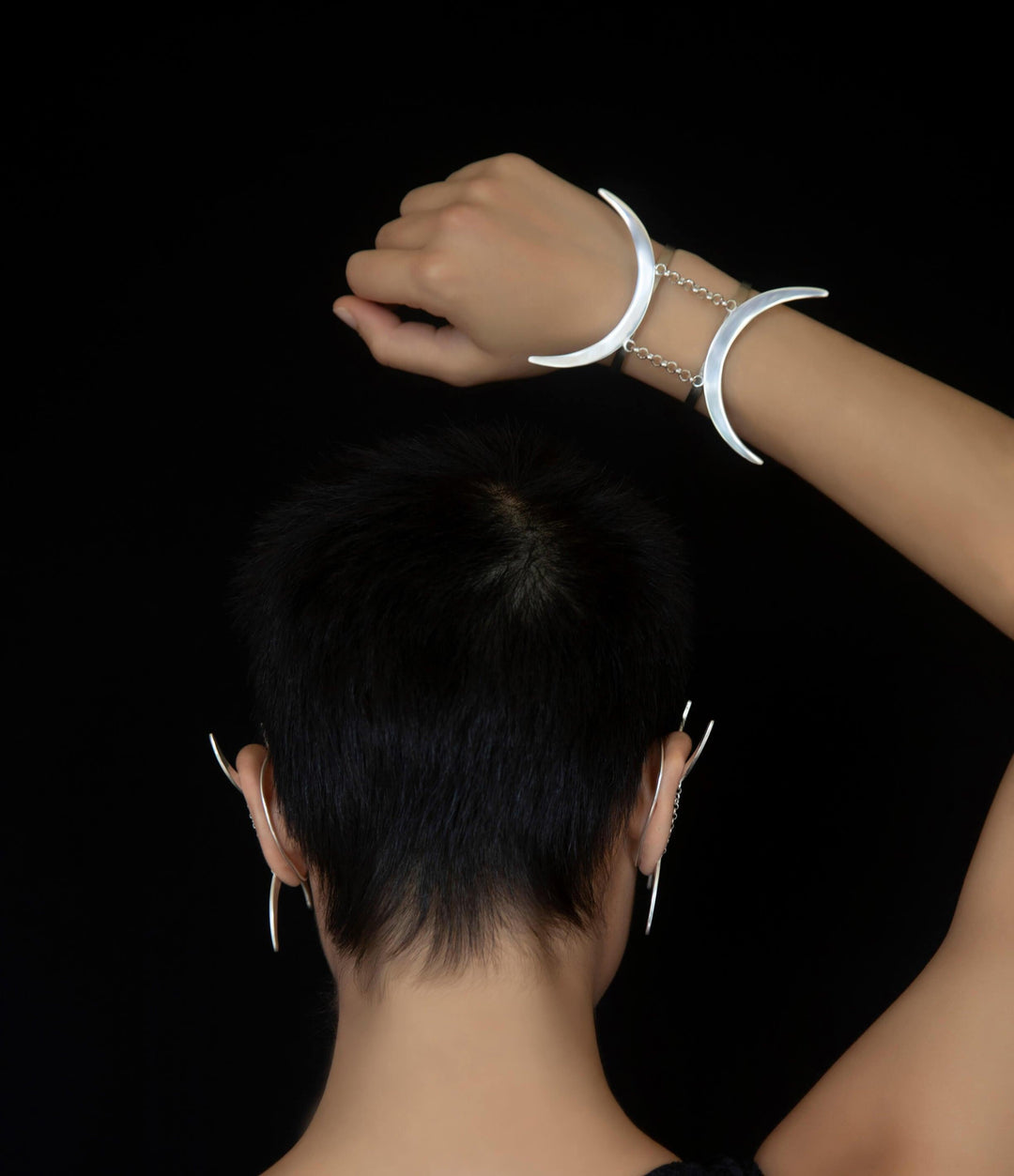
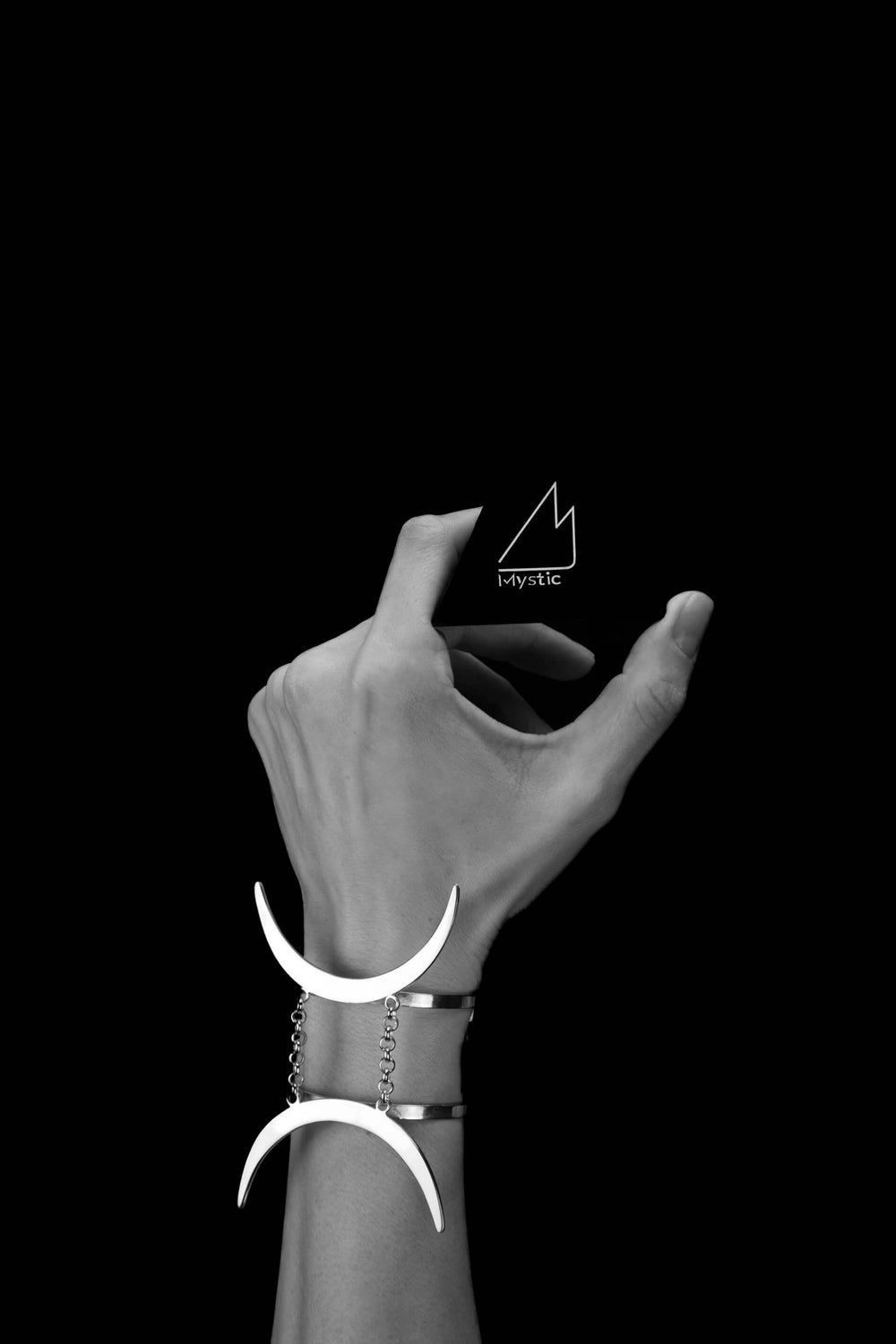
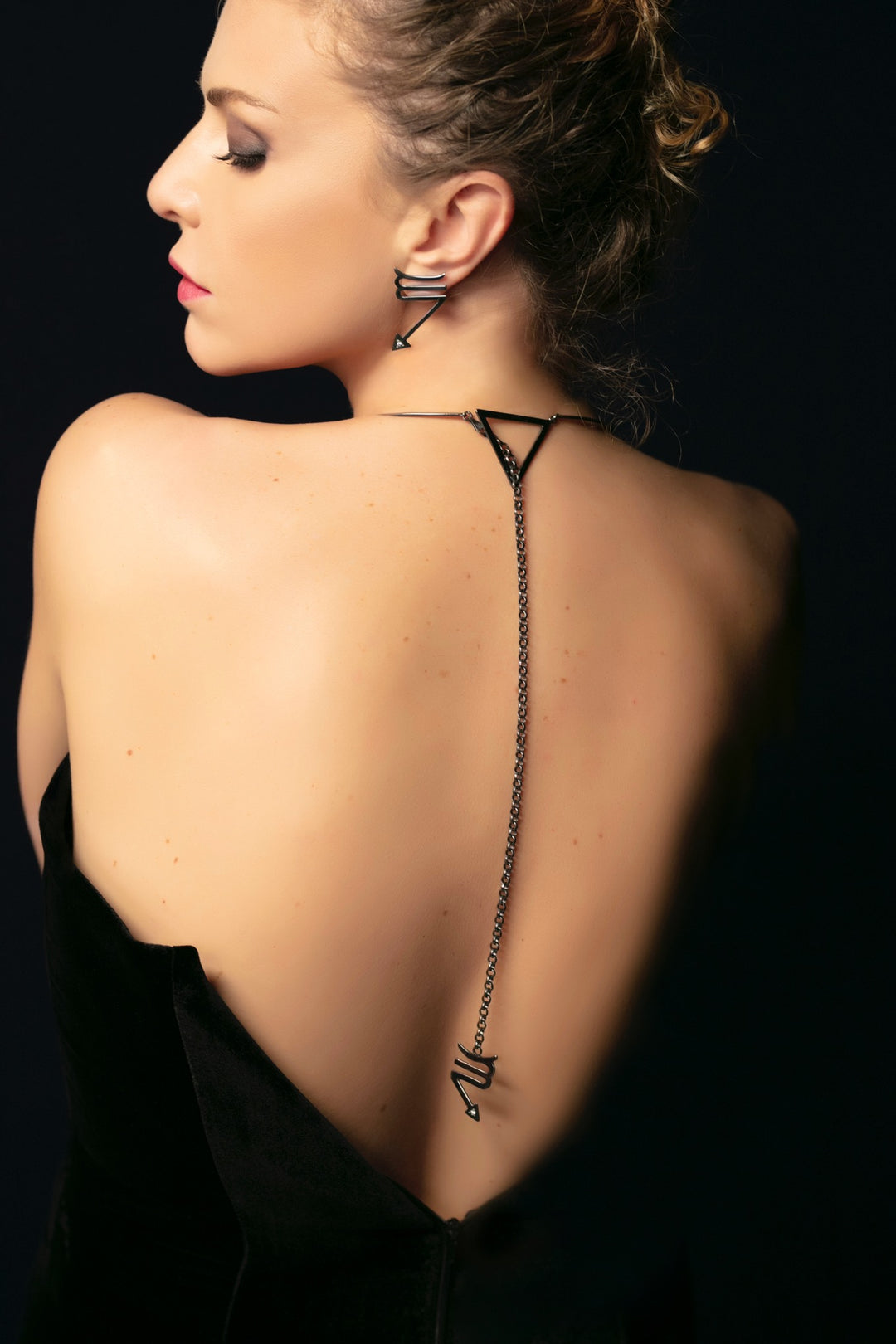
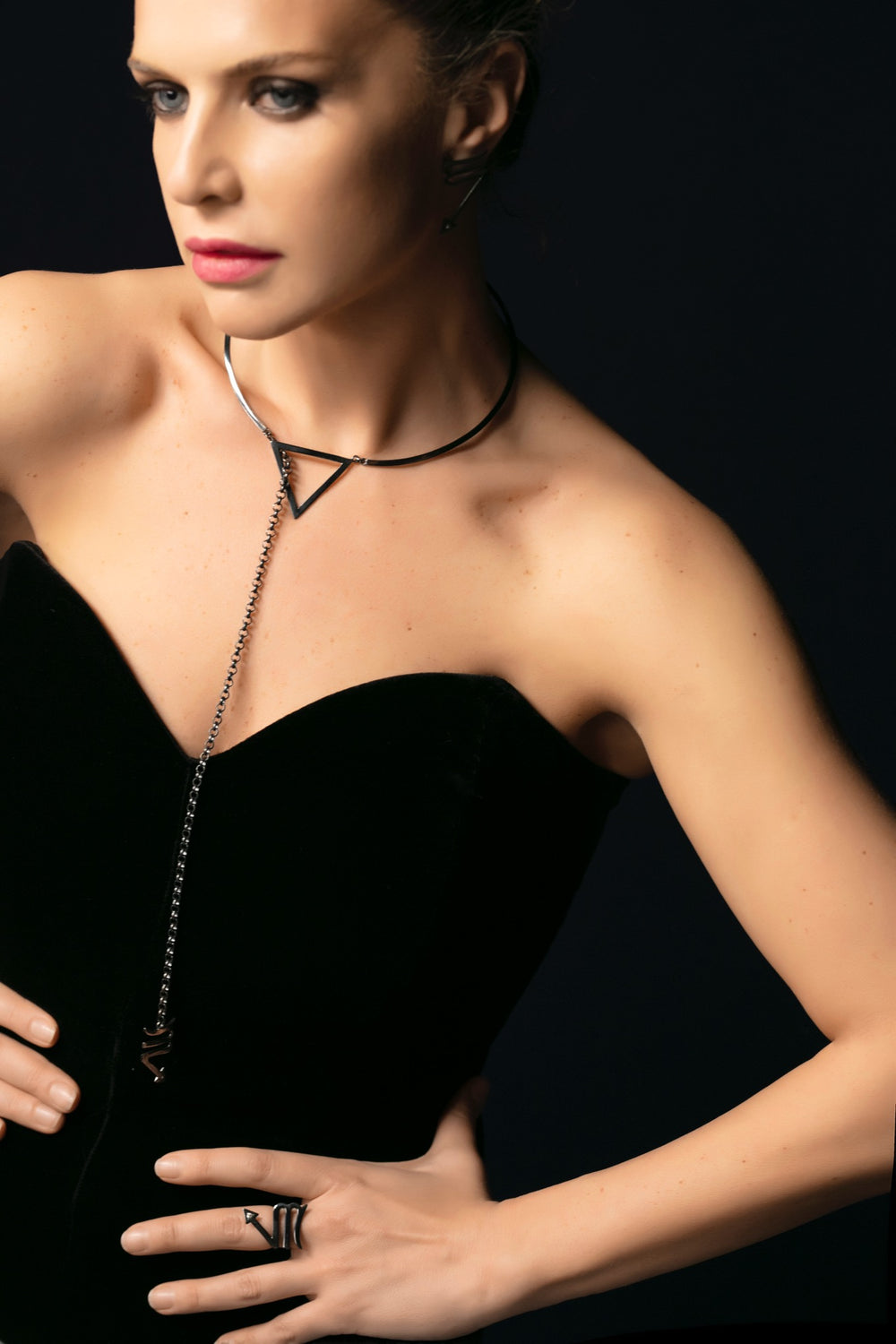
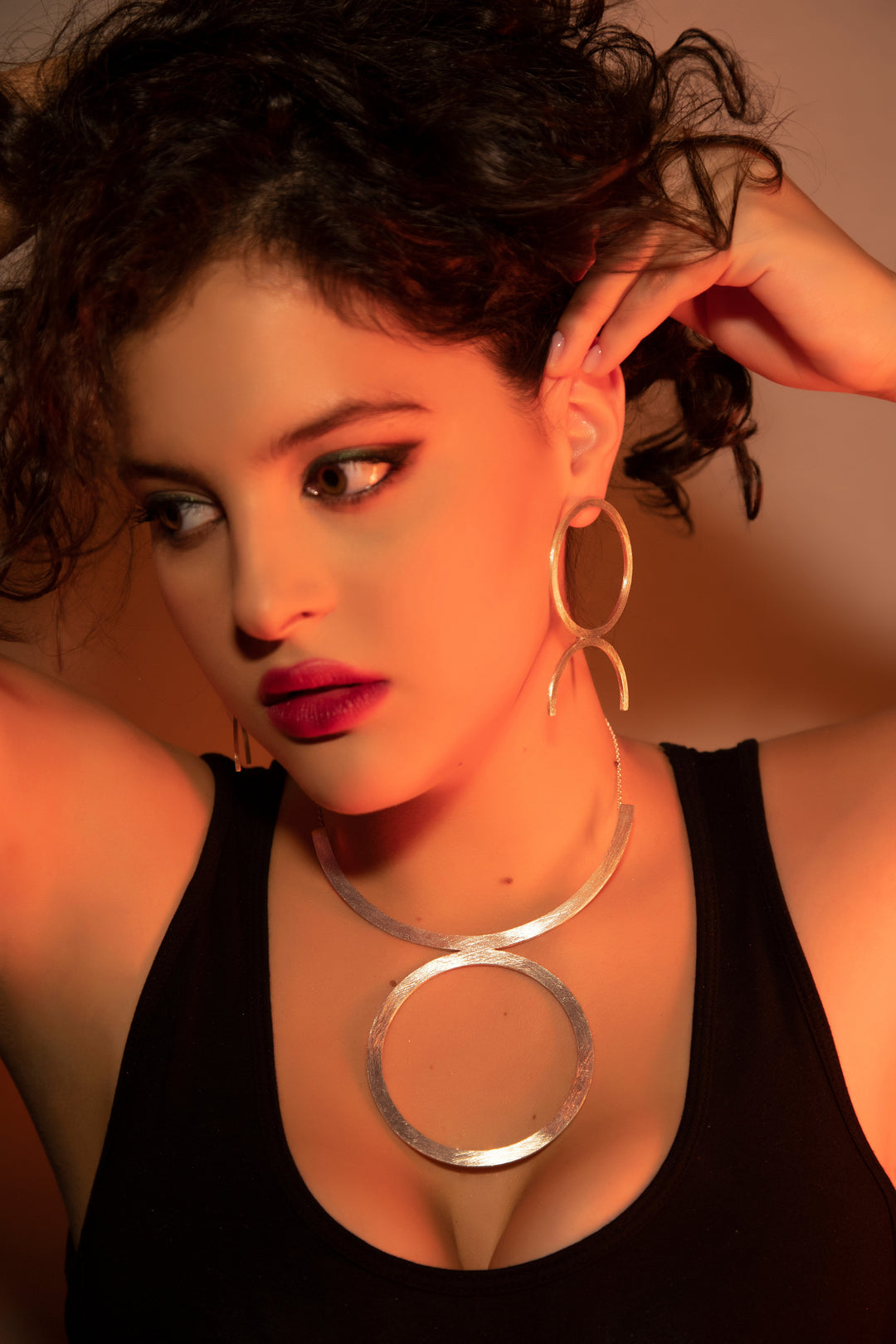
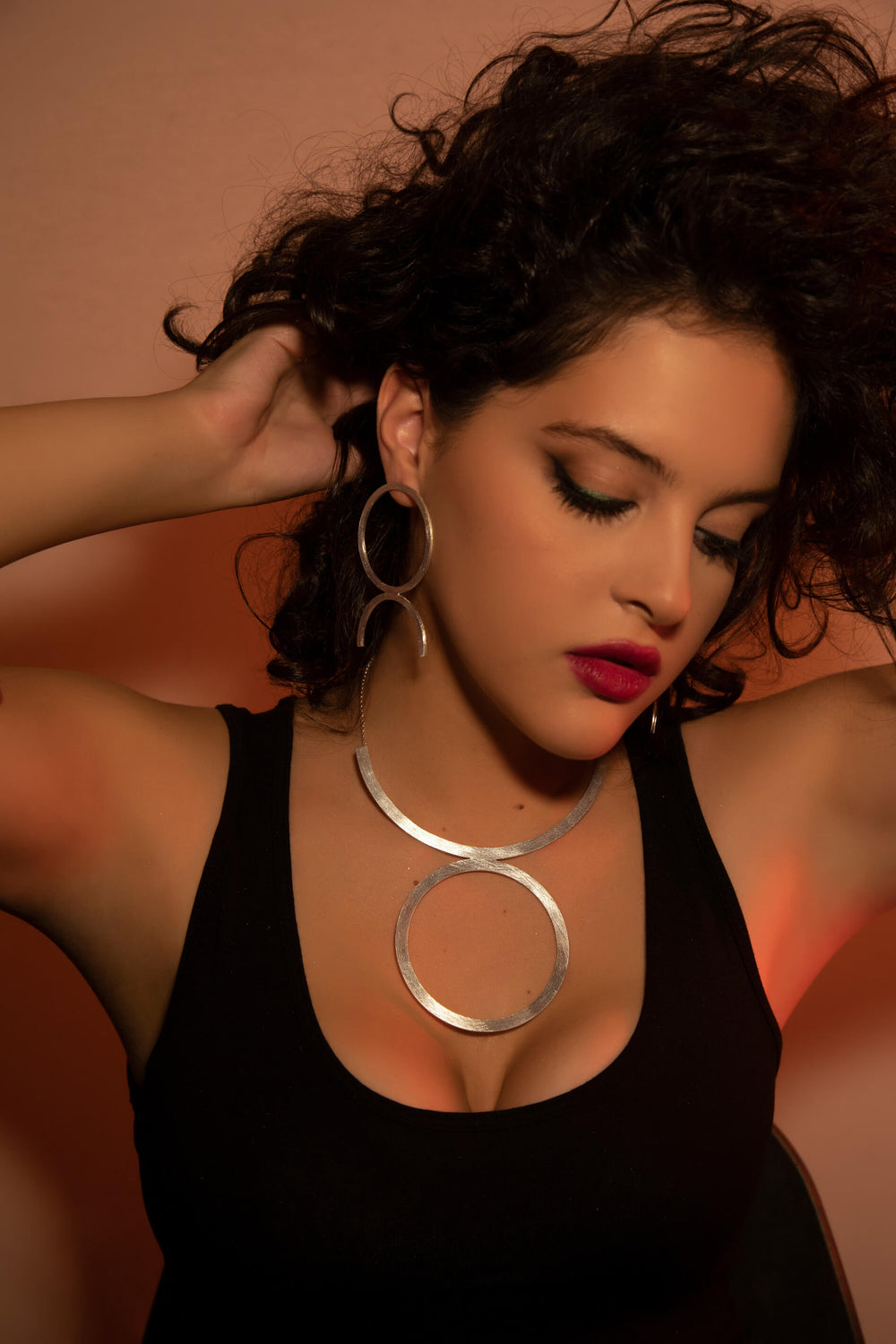

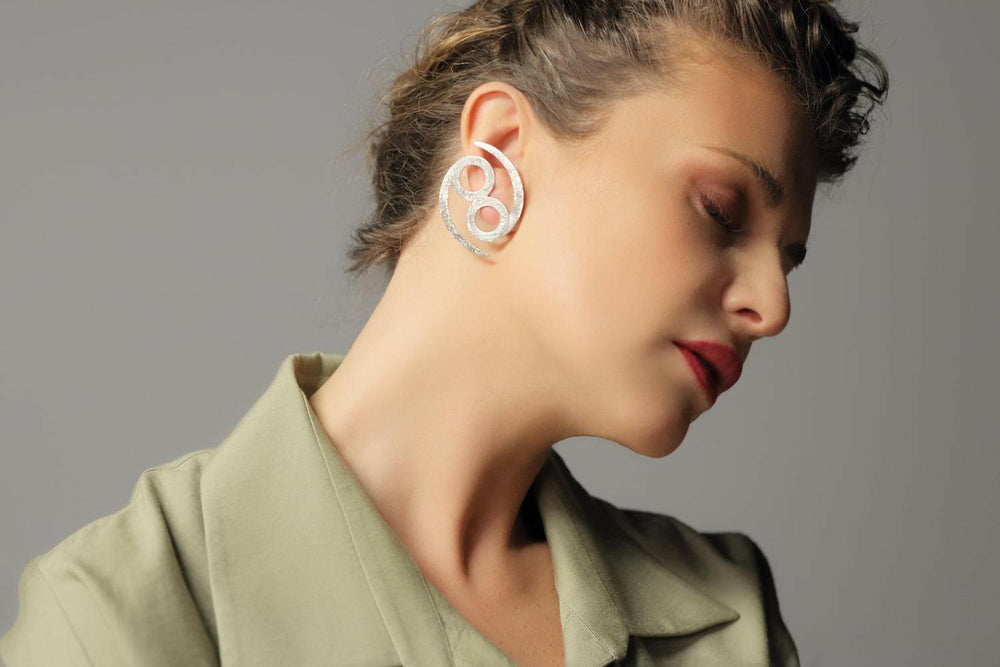
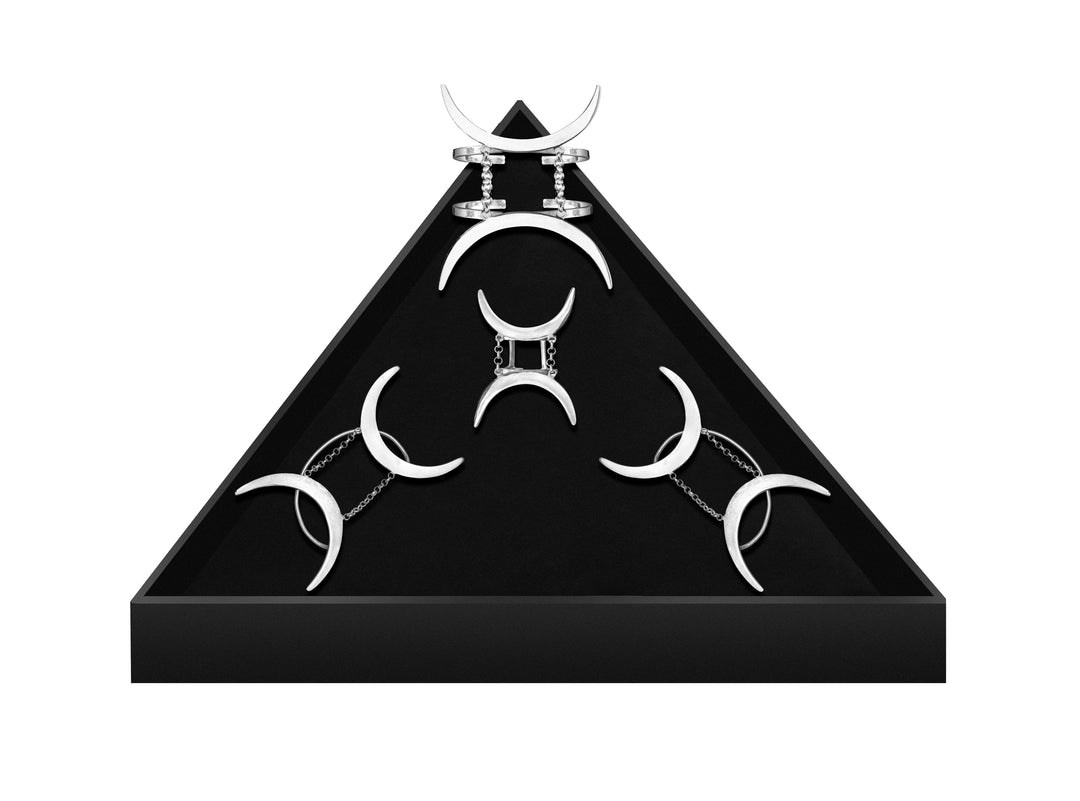
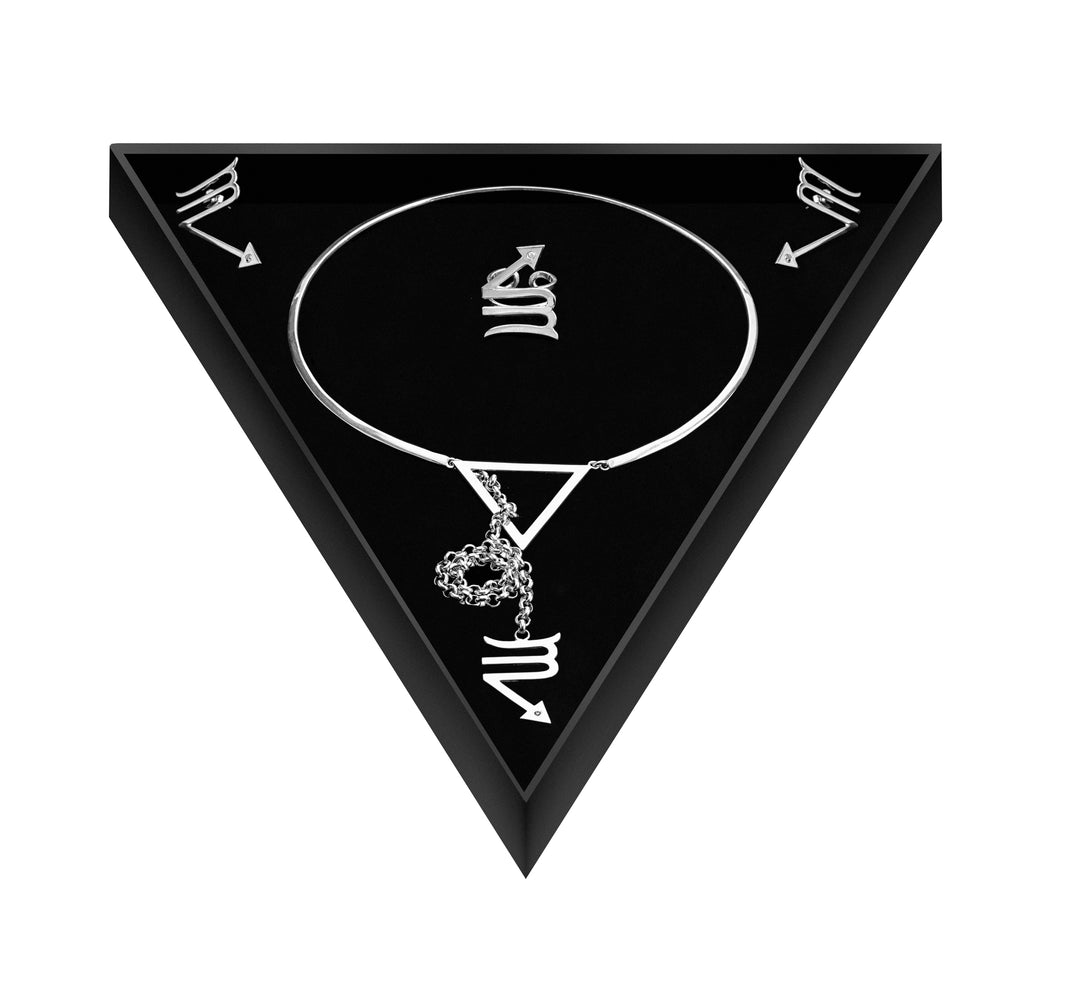
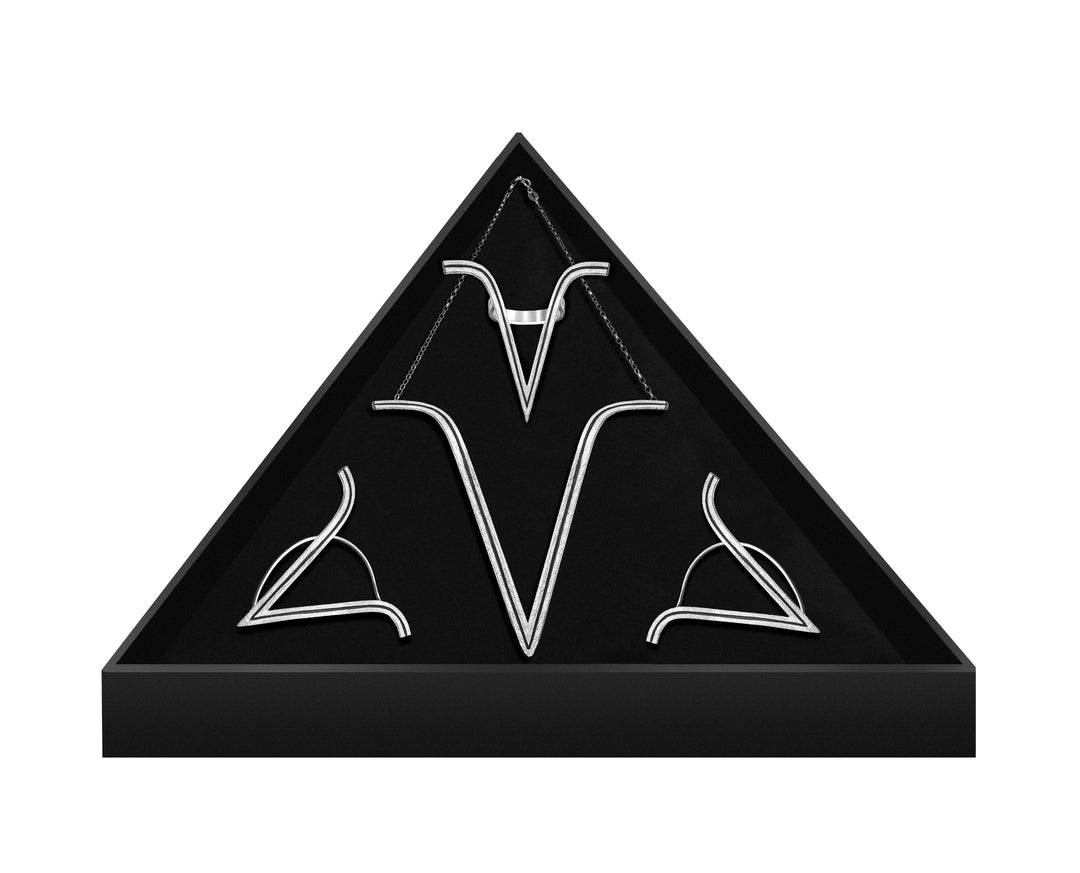
Beautiful work. Palestine will always live through art and memory
I loved the article. Every word you wrote touched my heart. Art represents Palestine. Palestine is art itself. Thank you for standing for what’s right
Leave a comment